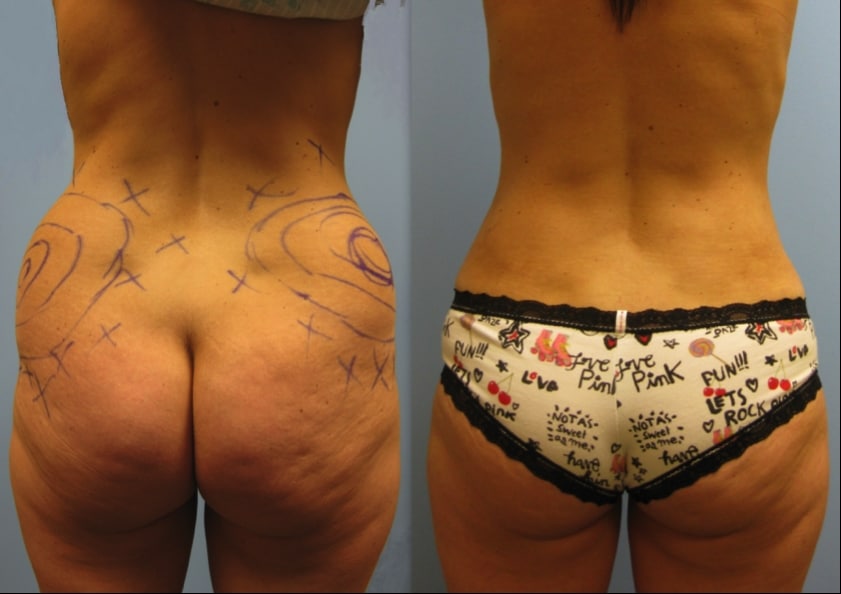Southlake plastic surgeon Dr. Michael Vennemeyer discusses his approach to tummy tucks and liposuction
Patients frequently ask if liposuction or a tummy tuck would give them the best result. Knowing what procedure or combination of procedures will give you the results you want starts with analyzing your skin, fat, core muscles, connective tissues (fascia) and bone structure. These are the 5 basic components that make up your core area.
-
- Bones: Your bones form the basic structure of your core area. The shape of your pelvis and the space between your pelvis and ribcage significantly impacts the contour of your hips and waist.
-
- Fascia: This is a tough layer of connective tissue that essentially holds everything together. It acts like a giant belt or corset around your waist area, binding your core muscles, the rectus and obliques, together into a functional team. When you gain significant weight or become pregnant, this inner girdle can become stretched. Unfortunately, it isn’t very good at tightening up once it loosens. This is why many women have a persistent bulge of their abdomen after having babies. Men can have the same effect after weight loss. Plastic surgeons call this a “diastasis.” The effect is like loosening a belt—it causes the circumference of your tummy to get bigger. Thus, you continue to have a bulge even though you lost the weight or gave birth.
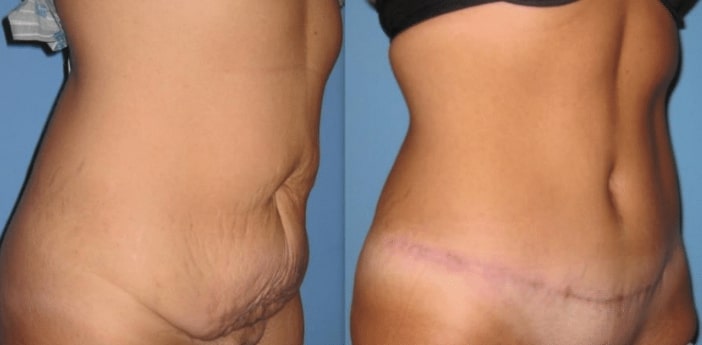
Photo 1: Loose skin and stretch marks improved with tummy tuck. Patient shown 3 months post-op. Additional scar fading occurs over first year.
Patients frequently ask if liposuction or a tummy tuck would give them the best result. Knowing what procedure or combination of procedures will give you the results you want starts with analyzing your skin, fat, core muscles, connective tissues (fascia) and bone structure. These are the 5 basic components that make up your core area.
- Fascia: This is a tough layer of connective tissue that essentially holds everything together. It acts like a giant belt or corset around your waist area, binding your core muscles, the rectus and obliques, together into a functional team. When you gain significant weight or become pregnant, this inner girdle can become stretched. Unfortunately, it isn’t very good at tightening up once it loosens. This is why many women have a persistent bulge of their abdomen after having babies. Men can have the same effect after weight loss. Plastic surgeons call this a “diastasis.” The effect is like loosening a belt—it causes the circumference of your tummy to get bigger. Thus, you continue to have a bulge even though you lost the weight or gave birth.
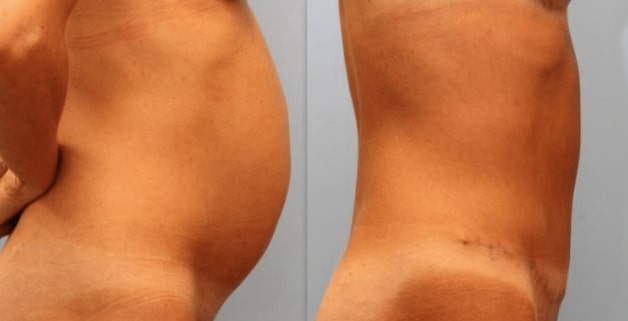
Photo 2: Tummy Tuck repairing very loose connective tissue in an otherwise thin woman. Patient shown 3 months post-op. Additional scar fading occurs over first year.
-
- Muscles: Your six pack (rectus abdominis) and oblique muscles are involved in almost every move your body makes. The importance of a toned core cannot be overstated for healthy function or looking great in next to nothing. Putting in time at the gym building those muscles will pay off—to a degree. The fact is, toning your core muscles will make your abdomen look better, but it will not correct a bulge that results from stretched out connective tissue. At best, you will have a really toned bulge…
-
- Fat: This one is obvious. Everyone knows that too much fat can ruin a perfectly good tummy. There are two kinds of fat you should know about. First, there’s “visceral fat,” which is located inside your abdomen around your internal organs. Large amounts of this fat are dangerous and increase your risks of heart disease and stroke. Unfortunately, plastic surgeons cannot remove this. The only way to get rid of it is by living a healthy lifestyle. Fat under the skin is another animal. This fat erases the definition of your core muscles and waistline. Lucky for all of us, plastic surgeons have tools to take care of this
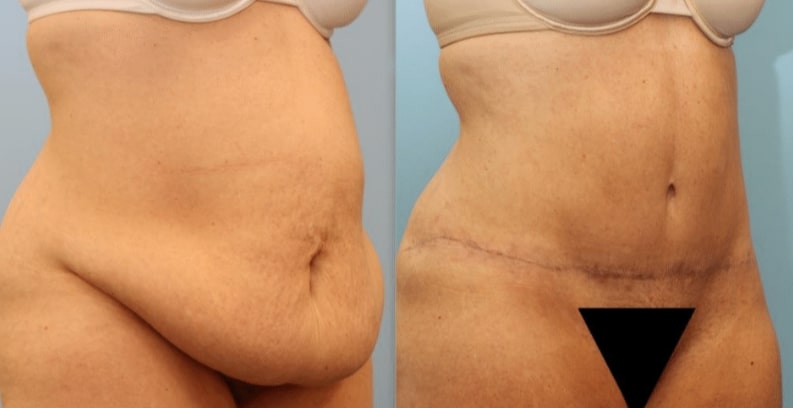
Photo 3: Liposuction combined with tummy tuck to reduce extra fat and skin. Patient shown 3 months post-op. Additional scar fading occurs over first year.
-
- Skin: Skin is a fickle organ. Sometimes it shows us love and tightens after weight loss and pregnancy, but most of the time it underwhelms. It is a common misconception that exercise can tighten skin. Stretched skin, like stretched connective tissue, will rebound an unpredictable amount over a few months and then stop. At that point, you are pretty much stuck with it—unless plastic surgery is an option for you.
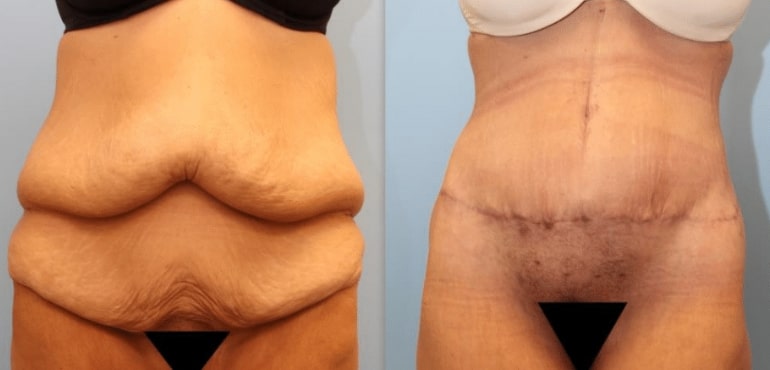
Photo 4: Extreme skin excess after 150 pound weight loss. Patient is shown after body lift. Patient shown 3 months post-op. Additional scar fading occurs over first year.
Finding the best procedure for shaping your tummy
The first step is getting to a healthy weight. Exercise is part of that, but nutrition is most important. You can exercise like an Energizer bunny, but eat poorly and never see results. Everything you put in your body can be a medicine or a poison. When you are at or near a healthy weight, you still may not like what you see. That is where plastic surgery may be able to help.
Natural results come from analyzing these five anatomical elements and creating an individualized plan. Fat under the skin (subcutaneous fat) often resists going away, especially around the “muffin top” area (hips), “love handles” (flanks) and tummy. We can create better waist definition and a leaner silhouette by sculpting those areas with liposuction. Circumferential treatment of these areas, which Dr. Vennemeyer calls 360 Lipo, often gives the best results.
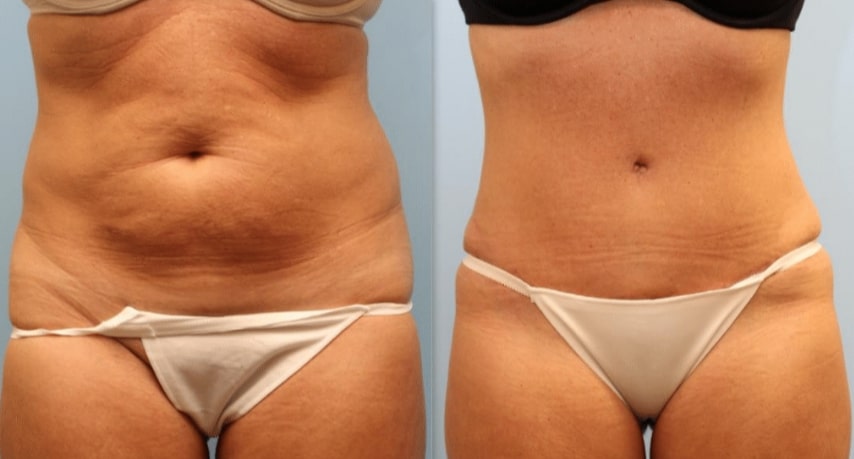
Photo 5: 360 Lipo and tummy tuck to aggressively reshape abdomen and waist. Note how scars easily hidden by bikini bottom or underwear.
Women often look square instead of hourglass shaped due to an excess of hip fat. As you can see in the photos below, liposuction can create a more hourglass shaped torso and lower the waistline. The result is a more attractive, feminine body.
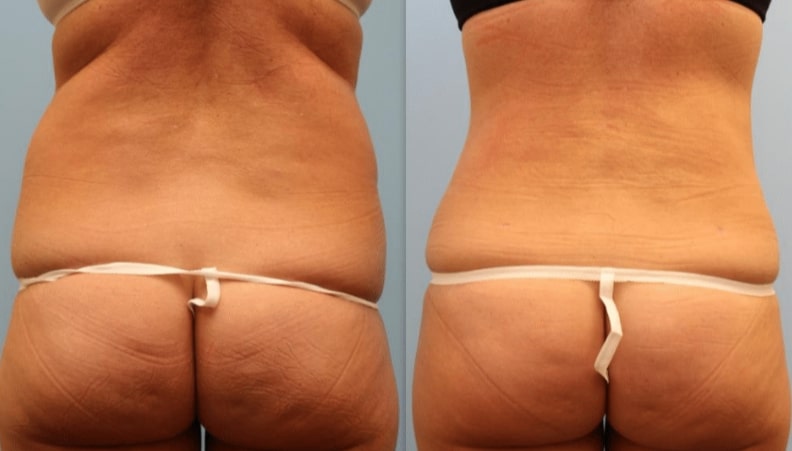
Photo 6: 360 Lipo and tummy tuck. Note improvement in hourglass shape.
Another impressive benefit of hip liposuction is that it can make your butt look less square, smaller and better—without doing any butt procedures.
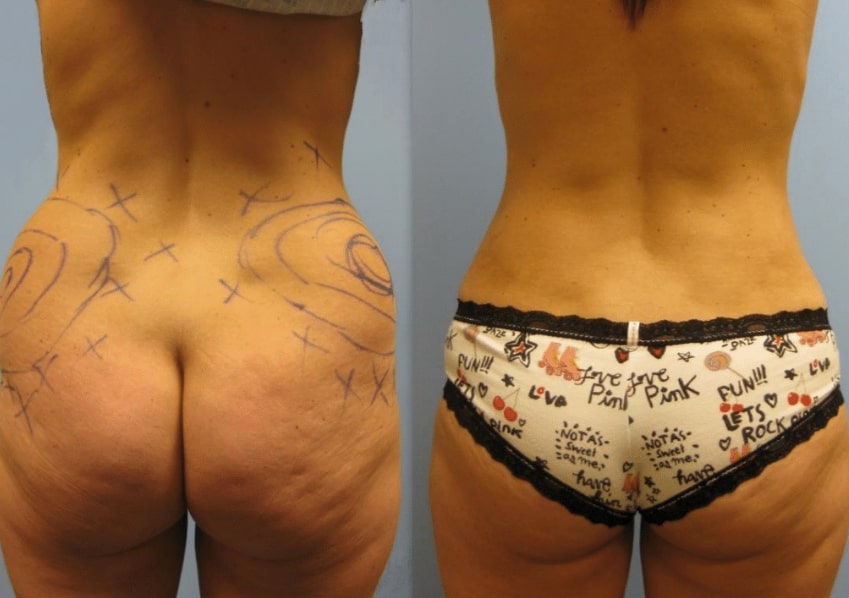
Photo 7: Liposuction of hips. Note improvement in waist and buttocks. No buttock procedures were performed.
When you have loose skin or stretched connective tissue, liposuction may be an incomplete solution. Extra skin must be removed and connective tissue tightened to get the best result possible. This is where a tummy tuck (abdominoplasty) really shines. First, targeted stitches gather and tighten the loosened connective tissue, flattening the bulge and tapering the waist. Next, extra skin is permanently removed, keeping your belly button in the same place. I put the scars so low that my patients can wear a two-piece if they are so inclined.
Although most of the muscle work happens in the gym, plastic surgery can still help. Liposuction with or without a tummy tuck helps unveil the muscles, giving you better definition. This is something that most people find impossible to achieve with diet and exercise alone.
Your hip bones (part of your pelvis) and ribcage are the final part of the puzzle. For some patients this presents a special challenge. If the shape of your pelvis is taller you tend to have less space between your ribcage and hips. This, like extra hip fat, tends to create a “high-waisted” appearance. Additionally, some people have a wider ribcage without much taper, lending a more square, masculine shaped waist. Although we cannot change the bones, improvement is often possible with targeted tightening of the connective tissues and sculpting with liposuction to improve taper and lower the waistline.
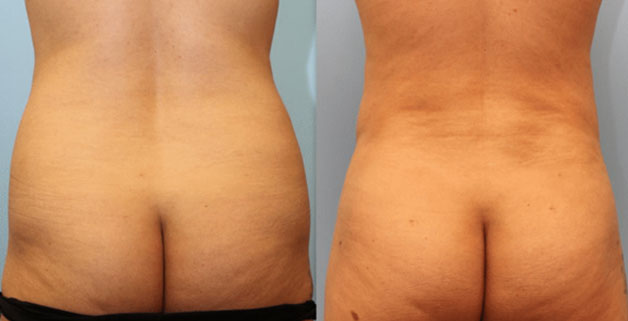
Photo 8: Liposuction used to improve hourglass shape and lower waistline
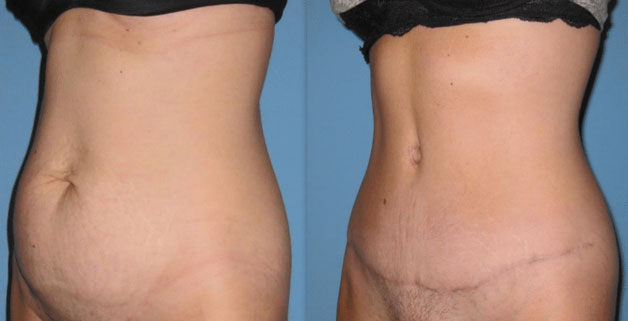
Photo 9: Waistline improved and tummy flattened with tummy tuck. Patient shown 3 months post-op. Additional scar fading occurs over first year.
The possibilities are exciting. I am passionate about helping people achieve bodies they are proud to show off. Ready to take the next step? Contact us today to set up a private consultation.

